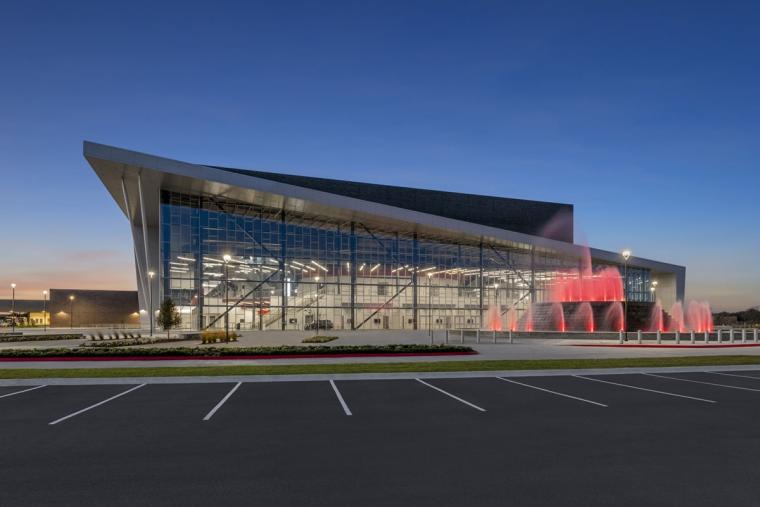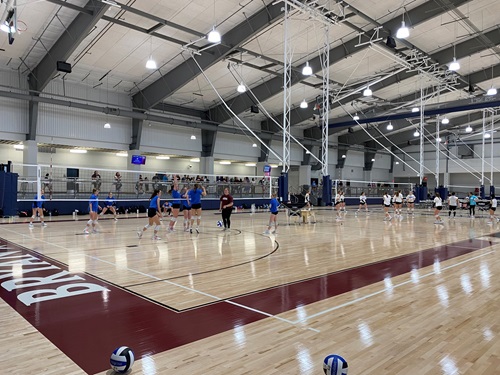
More than ever, consumers want experiences – and they’re willing to pay for it. Sports tourism alone has grown into a $128 billion industry, with continued growth forecasted for the coming years. Americans spent more than $50 billion on non-sports related live entertainment in 2024, with overall ticket sales jumping 23% from last year.
Communities are eager to capitalize on the economic and social opportunities presented by an experiences-driven economy. However, they are also grappling with the realities of rising construction costs. Multi-purpose facilities can ease the tension by attracting and creating opportunities for a wide range of audiences while making the most of every dollar.
Intentional design allows facility owners and the community at large to enjoy year-round usage. Since sports operate on a seasonal schedule, single-use facilities would lie dormant the rest of the year. Facilities designed to accommodate multiple sports, however, can host games and training year round. Similarly, facilities designed with alternative uses in mind – concerts, monster truck rallies, boxing matches – can tap into a broader audience pool. While repurposing sports stadiums such as football stadiums as concert venues isn’t a new idea, there is a growing recognition of the value offered by designing flexible spaces with wider appeal.
Designing a facility for multiple sports starts with identifying the primary sport. A high school building a new stadium, for example, can include a football field, a soccer field and a track – but one of these sports must be the centerpiece. Understanding the primary purpose of a space will set the initial parameters on the project. This allows architects to optimize elements such as seating and sightlines for the primary sport. Other features, such as ceiling clearance, can be built to accommodate every sport equally.

Developers are increasingly incorporating more amenities into facility design. As people become more interested in traveling to live events, they bring incredible economic opportunity with them. Consumers want more than the hotdog of generations past – and they’re willing to pay for it. Sports tourists alone spent nearly $11 billion on lodging and $10 billion on food and beverages last year.
Families traveling for children’s sports also spend hundreds of dollars a month on average. Surrounding the event itself with restaurants, stores and hotels turns an otherwise hours-long stop into a weekend destination. It also attracts local consumers by creating an immersive environment with something for everyone. Facility owners can curate a complete experience for their target audiences, offering something far more intriguing than simply seats around a field or a stage.
Multi-purpose facilities that attract a diverse audience bring significant economic benefits to a community. Visiting tourists boost the local economy by visiting other tourist attractions, staying in hotels, booking rental cars, trying out new restaurants and more. Increasing an area’s national exposure creates more opportunities for communities and the businesses within them to thrive.
Designing facilities for a host of uses is a powerful way to tap into people’s growing desire for experiences. Consumers want to visit places where they can see more and do more – where they can experience more. Multi-purpose venues surround music lovers, football junkies or esports fans with an immersive environment to build community and create experiences.

